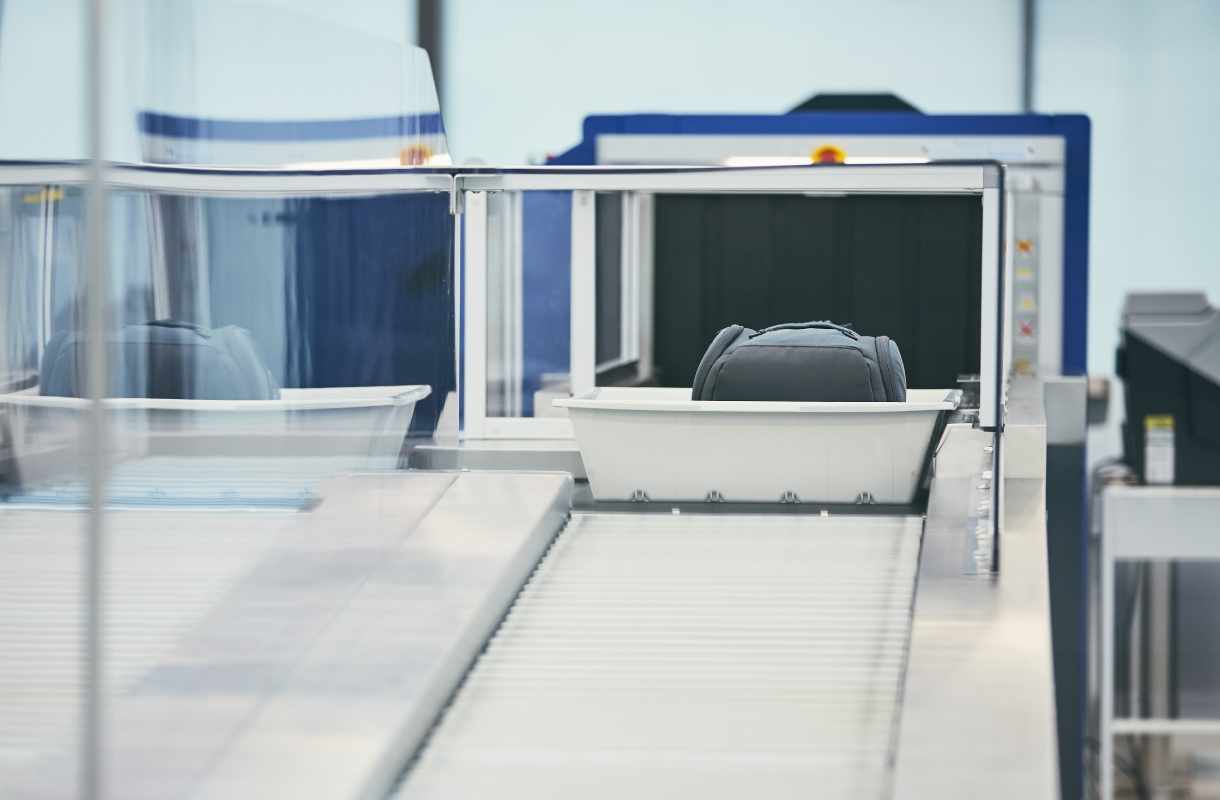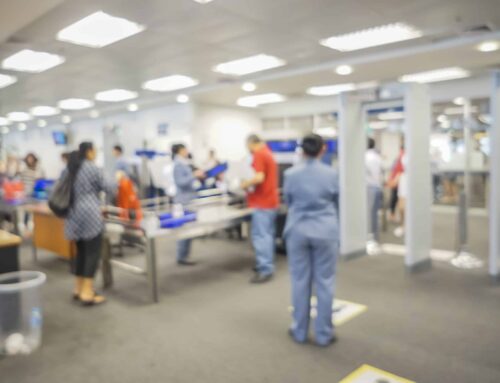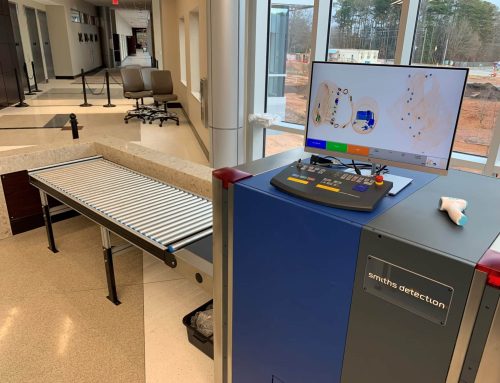Airport scanners have become a common sight in airports around the world, but have you ever wondered how they work? These machines use a variety of technologies, including X-rays and millimeter wave technology, to detect potential threats and ensure the safety of passengers and crew. In this article, we’ll explore the different types of airport scanners and what they can detect.
Airport Scanners Explained
Airport scanners are an essential part of airport security, designed to detect potential threats and ensure the safety of passengers and crew. These machines use a variety of technologies to scan passengers and their belongings for prohibited items. Due to their versatility, reliability and ease of use, they became an essential part of complex airport security systems.
Types of Airport Scanners – X-Ray & Millimeter Wave
There are two main types of airport scanners: X-ray scanners and millimeter wave scanners. X-ray scanners use low levels of ionizing radiation to create an image of the contents of a passenger’s luggage. These scanners can detect a wide range of items, including weapons, explosives, and drugs. Millimeter wave scanners, on the other hand, use non-ionizing electromagnetic radiation to create a 3D image of a passenger’s body. These scanners can detect both metallic and non-metallic items, making them particularly useful for detecting items that may be hidden under clothing. Both types of scanners are designed to be safe for passengers and use low levels of radiation that are well below the recommended safety limits.
How X-Ray Scanners Work
X-ray scanners use low levels of ionizing radiation to create an image of the contents of a passenger’s luggage. The scanner emits a beam of X-rays that passes through the luggage and onto a detector on the other side. The detector then creates an image of the contents of the luggage, which can be viewed by the security personnel. The X-rays are absorbed differently by different materials, which allows the scanner to detect a wide range of items, including weapons, explosives, and drugs. Despite the use of radiation, X-ray scanners are designed to be safe for passengers and use low levels of radiation that are well below the recommended safety limits.
How Millimeter Wave Scanners Work
Millimeter wave scanners use non-ionizing electromagnetic waves to create an image of a passenger’s body. The scanner emits a low-power radio frequency signal that is reflected back by the body and detected by the scanner. The scanner then creates an image of the body, which can be viewed by the security personnel. The millimeter wave technology is able to detect a wide range of items, including weapons, explosives, and other objects that may be hidden on a person’s body. Despite the use of electromagnetic waves, millimeter wave scanners are designed to be safe for passengers and use levels of radiation that are well below the recommended safety limits.
What Airport Scanners Detect
Airport scanners are an essential part of modern airport security. They can detect a wide range of items, including weapons, explosives, liquids, sharp objects, pills, as well as any other objects that may be hidden on a person’s body. This technology has greatly enhanced security measures at airports and has helped to prevent potential threats. Additionally, airport scanners are designed to be safe for passengers and use levels of radiation that are well below the recommended safety limits. With the use of X-rays and millimeter wave technology, airport scanners have come a long way in ensuring the safety of air travel.






